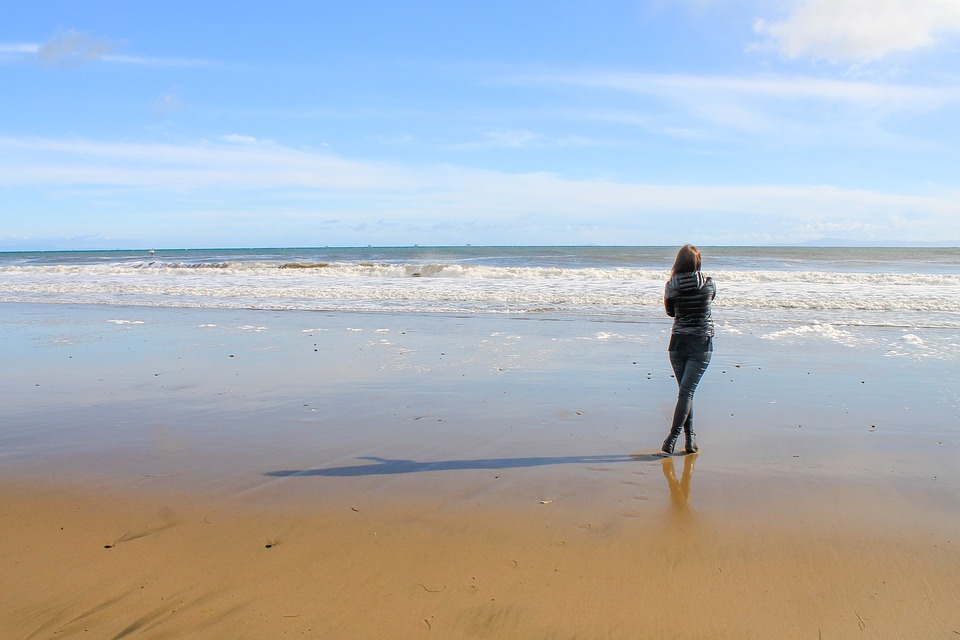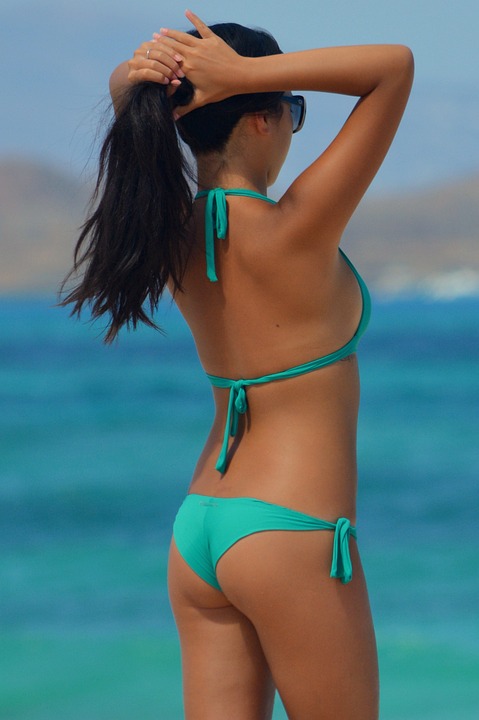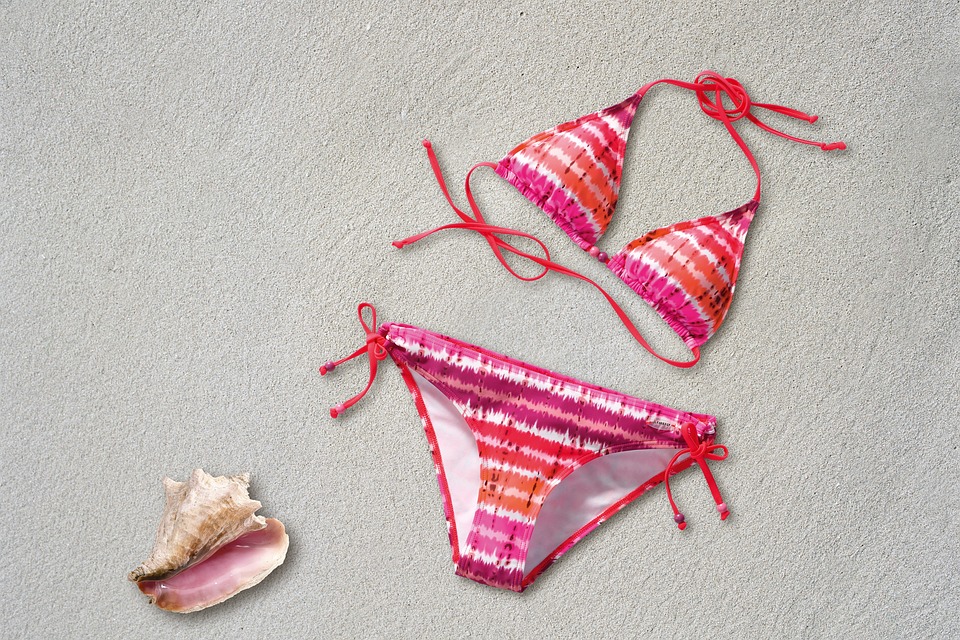The Bikini Line Wax Area: A Comprehensive Guide to Hair Removal
Welcome to our comprehensive guide to the Bikini Line Wax area, where we will explore everything you need to know about hair removal in this delicate region. We understand that discussing such a personal topic can be uncomfortable, but our aim is to provide you with a wealth of information to help you make informed decisions about your grooming routine.
The Importance of Bikini Line Maintenance
Before delving into the different methods of hair removal, it’s important to understand why maintaining your Bikini Line is essential. A well-groomed Bikini Line not only enhances your self-confidence but also offers hygienic benefits. Removing excess hair can help prevent bacterial growth, reduce body odor, and minimize the risk of ingrown hairs and irritation.
1. Shaving: The Quick and Easy Option
Shaving is the most common and readily available method for Bikini Line maintenance. It involves using a razor to remove hair from the surface of the skin. While shaving is convenient and inexpensive, it does have its drawbacks. The regrowth is rapid, often resulting in stubble within a day or two. Moreover, shaving can cause skin irritation, razor bumps, and ingrown hairs.
2. Depilatory Creams: A Chemical Solution
Depilatory creams are another option for Bikini Line hair removal. These creams contain chemicals that break down the hair, allowing you to wipe it away. They are relatively easy to use and provide longer-lasting results compared to shaving. However, some individuals may experience skin sensitivity or allergic reactions to the chemicals present in these creams.
3. Waxing: The Long-lasting Solution
Waxing is a popular choice for achieving smooth and long-lasting results. It involves applying warm Wax to the Bikini Line and then removing it, along with the hair, using a cloth strip. Waxing offers a more thorough removal of hair from the root, resulting in slower regrowth. While initially uncomfortable, regular waxing can reduce hair density over time, making subsequent sessions less painful.
4. Sugaring: A Natural Alternative
Sugaring is a natural alternative to waxing that has gained popularity in recent years. This method involves using a sticky paste made from sugar, lemon juice, and water to remove hair. Similar to waxing, sugaring removes hair from the root, resulting in longer-lasting results. Many people prefer sugaring due to its all-natural ingredients, which minimize the chances of skin irritation.
5. Laser Hair Removal: A Permanent Solution
Laser hair removal is a more advanced and long-lasting option for Bikini Line hair removal. This technique uses laser technology to target and destroy hair follicles, inhibiting future hair growth. While laser hair removal offers permanent results over multiple sessions, it can be costly and time-consuming. It is important to consult with a professional to determine if you are a suitable candidate for this method.
Tips for a Smooth and Successful Bikini Line Wax
Now that you are familiar with the various methods of hair removal for the Bikini Line, let’s explore some tips for a smooth and successful waxing experience:
1. Exfoliate: Prior to your waxing appointment, gently exfoliate the Bikini area to remove dead skin cells. This helps in preventing ingrown hairs and ensures better Wax adhesion.
2. Trim the hair: If your hair is too long, trim it to a manageable length before waxing. This helps to minimize discomfort during the waxing process.
3. Choose a reputable salon: When opting for professional waxing, choose a reputable salon with experienced aestheticians. This ensures a hygienic and safe environment for your waxing session.
4. Follow aftercare instructions: After waxing, follow the aftercare instructions provided by your aesthetician. This may include avoiding hot baths, saunas, or tight clothing for a certain period to prevent irritation.
5. Maintain regular waxing sessions: To achieve optimal results, it is recommended to maintain regular waxing sessions. This helps to train your hair growth cycle, resulting in smoother and longer-lasting results over time.
In conclusion, the Bikini Line Wax area requires careful attention and maintenance. Whether you choose shaving, depilatory creams, waxing, sugaring, or laser hair removal, it is important to consider your preferences, skin sensitivity, and budget. By following the tips mentioned above, you can achieve a smooth and successful hair removal experience, enhancing your self-confidence and overall hygiene.
Top Questions Concerning Bikini Line Wax Area
What is a Bikini Line Wax?
A Bikini Line Wax is a method of hair removal that focuses on the area around the Bikini Line. It involves the application of hot Wax to the desired area and then quickly removing the Wax along with the unwanted hair. This process leaves the skin smooth and hair-free, giving a clean and neat appearance.
Important information:
1. Bikini Line waxing is a popular choice for women who want to remove hair from the Bikini area and achieve a more groomed look.
2. The process involves applying hot Wax to the desired area and quickly removing it, along with the unwanted hair.
3. Bikini Line waxing is a temporary hair removal method that typically lasts for a few weeks before the hair starts to grow back.
How long does a Bikini Line Wax last?
The duration of a Bikini Line Wax varies from person to person, as it depends on individual hair growth patterns and other factors. However, on average, a Bikini Line Wax can last anywhere from two to four weeks before the hair starts to grow back.
Important information:
1. The duration of a Bikini Line Wax varies from person to person, but it usually lasts between two to four weeks.
2. Factors such as individual hair growth patterns and hormonal changes can affect how long the results of a Bikini Line Wax last.
3. Regular maintenance and proper aftercare can help extend the duration of the results and keep the Bikini Line hair-free for longer.
Is Bikini Line waxing painful?
Bikini Line waxing can cause some discomfort, but the level of pain experienced varies from person to person. Some individuals may find it more painful than others, depending on their pain tolerance and sensitivity of the area being waxed. However, the pain is usually temporary and subsides shortly after the waxing session.
Important information:
1. Bikini Line waxing can cause some discomfort, but the level of pain experienced varies from person to person.
2. The pain during a Bikini Line waxing session is usually temporary and subsides shortly after the waxing is completed.
3. Using proper techniques and choosing an experienced esthetician can help minimize pain and make the waxing process more comfortable.
How should I prepare for a Bikini Line Wax?
To prepare for a Bikini Line Wax, there are a few steps you can take to ensure a more comfortable and effective waxing experience. First, make sure the hair in the Bikini area is at least a quarter-inch long to allow the Wax to adhere properly. Avoid applying any lotions or oils to the area on the day of the waxing, as they can interfere with the waxing process. Lastly, take a warm shower before the appointment to open up the hair follicles and make the hair easier to remove.
Important information:
1. The hair in the Bikini area should be at least a quarter-inch long before waxing to allow the Wax to adhere properly.
2. Avoid applying lotions or oils to the Bikini area on the day of the waxing appointment, as they can interfere with the waxing process.
3. Taking a warm shower before the appointment can help open up the hair follicles and make the hair easier to remove, resulting in a more effective waxing session.
What are the aftercare steps for a Bikini Line Wax?
After a Bikini Line Wax, it is important to take proper care of the waxed area to minimize any potential side effects and maintain smooth skin. Avoid exposing the waxed area to direct sunlight or tanning beds for at least 24 to 48 hours to prevent skin irritation. Additionally, refrain from using any harsh or scented products on the waxed area, as they can cause irritation. Finally, regularly exfoliate the area to prevent ingrown hairs and keep the skin smooth.
Important information:
1. Avoid direct sunlight or tanning beds for at least 24 to 48 hours after a Bikini Line Wax to prevent skin irritation.
2. Refrain from using harsh or scented products on the waxed area, as they can cause irritation and discomfort.
3. Regularly exfoliating the Bikini Line area helps prevent ingrown hairs and keeps the skin smooth and free from bumps.
Common Misconceptions about Bikini Line Waxing
Waxing the Bikini Line is a common practice among women who want to achieve smooth and hair-free skin in that area. However, there are several misconceptions surrounding this hair removal technique that often lead to confusion or misinformation. It is important to debunk these misconceptions in order to provide accurate information to those considering Bikini Line waxing. In this article, we will address five common misconceptions about Bikini Line waxing.
Misconception 1: Bikini Line waxing is extremely painful
One of the most prevalent misconceptions about Bikini Line waxing is that it is an extremely painful procedure. While it is true that waxing involves some degree of discomfort, the pain experienced during Bikini Line waxing varies from person to person. Factors such as individual pain tolerance, the skill of the esthetician, and the quality of the Wax used can all affect the level of pain experienced during the procedure. It is important to remember that discomfort during waxing is temporary and can be minimized by choosing an experienced esthetician and using high-quality Wax.
Misconception 2: Waxing causes permanent damage to the skin
Another common misconception is that waxing the Bikini Line can cause permanent damage to the skin. In reality, when performed correctly by a trained professional, Bikini Line waxing does not cause any long-term damage to the skin. The process involves applying warm Wax to the area and then removing it along with the hair, leaving the skin smooth and hair-free. While some temporary redness or irritation may occur immediately after waxing, it typically subsides within a few hours. It is important to follow post-waxing care instructions provided by the esthetician to minimize any potential irritation or inflammation.
Misconception 3: Waxing makes the hair grow back thicker and darker
A widely believed misconception about Bikini Line waxing is that it causes the hair to grow back thicker and darker. This is simply not true. Waxing does not alter the natural growth pattern of the hair follicles or change the texture or color of the hair. When the hair grows back after waxing, it may appear different due to various factors such as the angle of regrowth or the hair’s exposure to the sun. However, these changes are temporary and have nothing to do with the waxing process itself. In fact, regular waxing can lead to finer regrowth over time.
Misconception 4: You need long hair for a successful waxing session
Many individuals believe that they need to let their hair grow out for an extended period of time before getting a Bikini Line Wax. However, this is not necessarily true. In fact, it is recommended to have hair that is about 1/4 to 1/2 inch long for a successful waxing session. This length allows the Wax to adhere properly to the hair and makes the process more efficient. Longer hair can actually make the waxing process more painful and less effective. It is important to consult with the esthetician beforehand to determine the appropriate hair length for waxing.
Misconception 5: Bikini Line waxing is only for women
A common misconception about Bikini Line waxing is that it is exclusively for women. However, this hair removal technique is not limited to any specific gender. Men who desire a hair-free Bikini Line can also benefit from waxing. Many men choose to Wax their Bikini Line for various reasons, including personal preference, hygiene, or for aesthetic reasons. Just like women, men can enjoy the smooth and hair-free results that waxing provides. It is important to find a waxing professional who is experienced in providing services for men to ensure a comfortable and effective waxing experience.
In conclusion, there are several misconceptions surrounding Bikini Line waxing that can lead to confusion or misinformation. It is crucial to debunk these misconceptions in order to provide accurate information to those considering this hair removal technique. By addressing the misconceptions about the pain level, potential damage to the skin, hair regrowth, hair length requirements, and the gender exclusivity of Bikini Line waxing, individuals can make informed decisions about whether or not to pursue this method of hair removal. Always consult with a professional esthetician for personalized advice and guidance on Bikini Line waxing.


